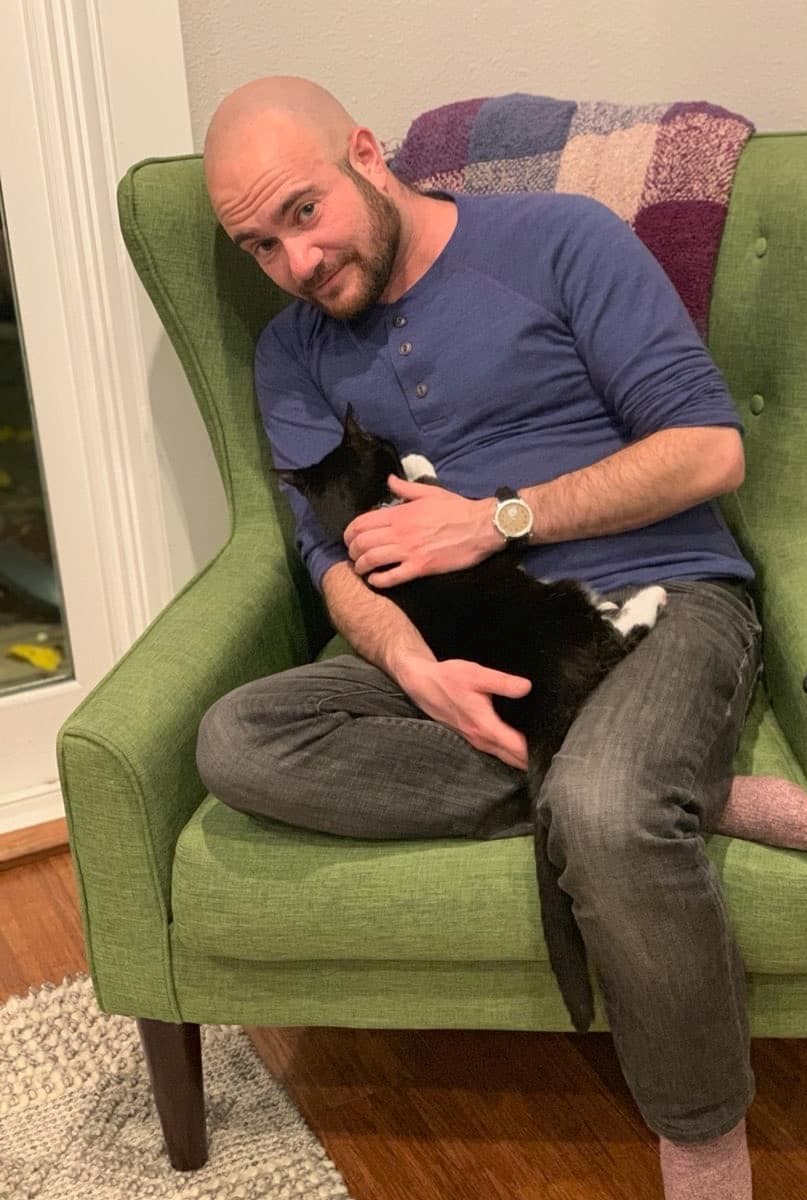
by Michele Kirichanskaya | Sep 16, 2022 | Blog
Kyle Lukoff is the author of many books for young readers. His debut middle-grade novel, Too Bright To See, received a Newbery Honor, the Stonewall award, and was a National Book Award finalist. His picture book When Aidan Became A Brother also won the Stonewall, and...
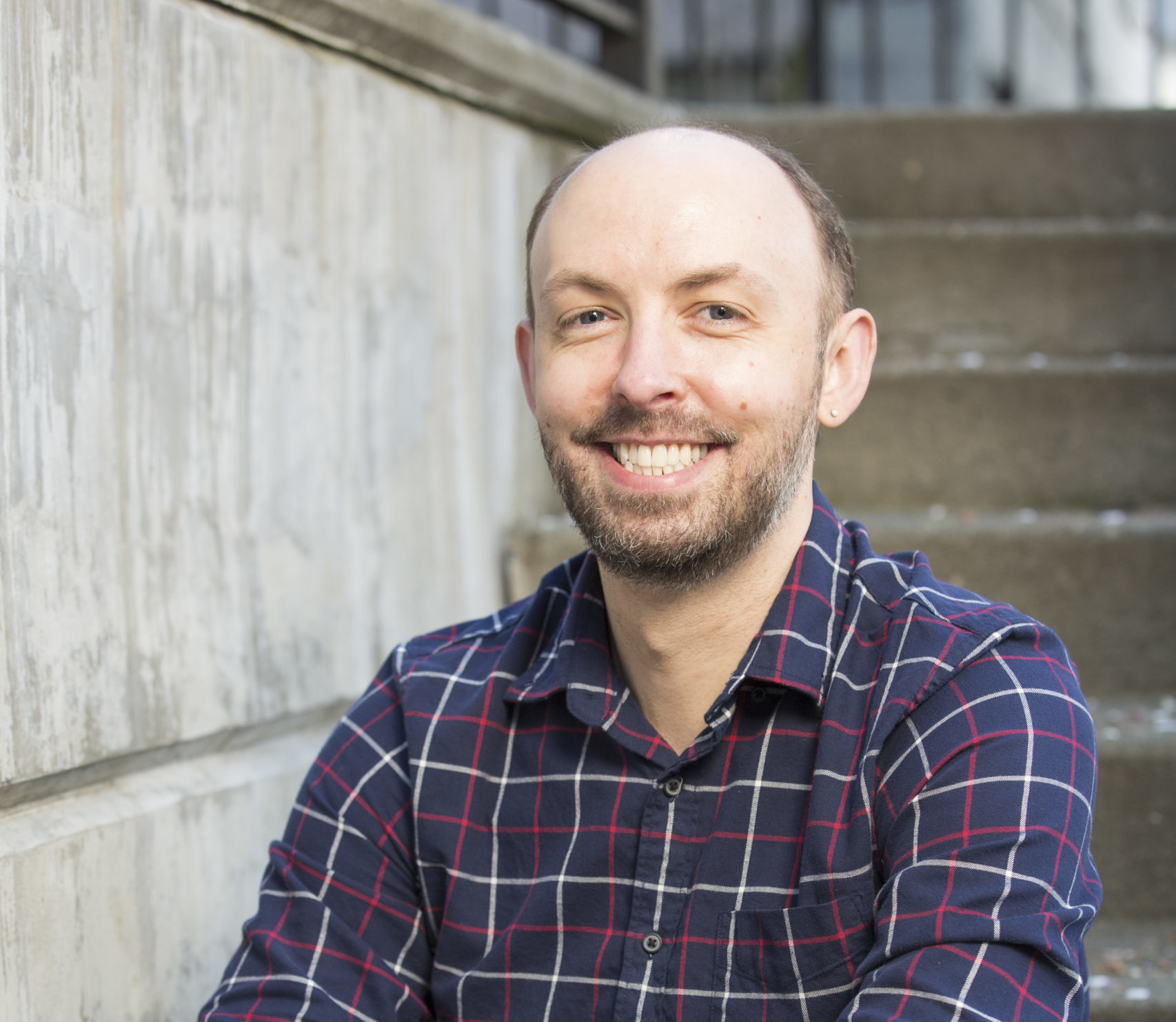
by Michele Kirichanskaya | Jul 15, 2022 | Blog
Will Taylor (he/they) is a reader, writer, and honeybee fan. He lives in the heart of downtown Seattle surrounded by all the seagulls and not quite too many teacups. When not writing he can be found searching for the perfect bakery, talking to trees in parks, and...
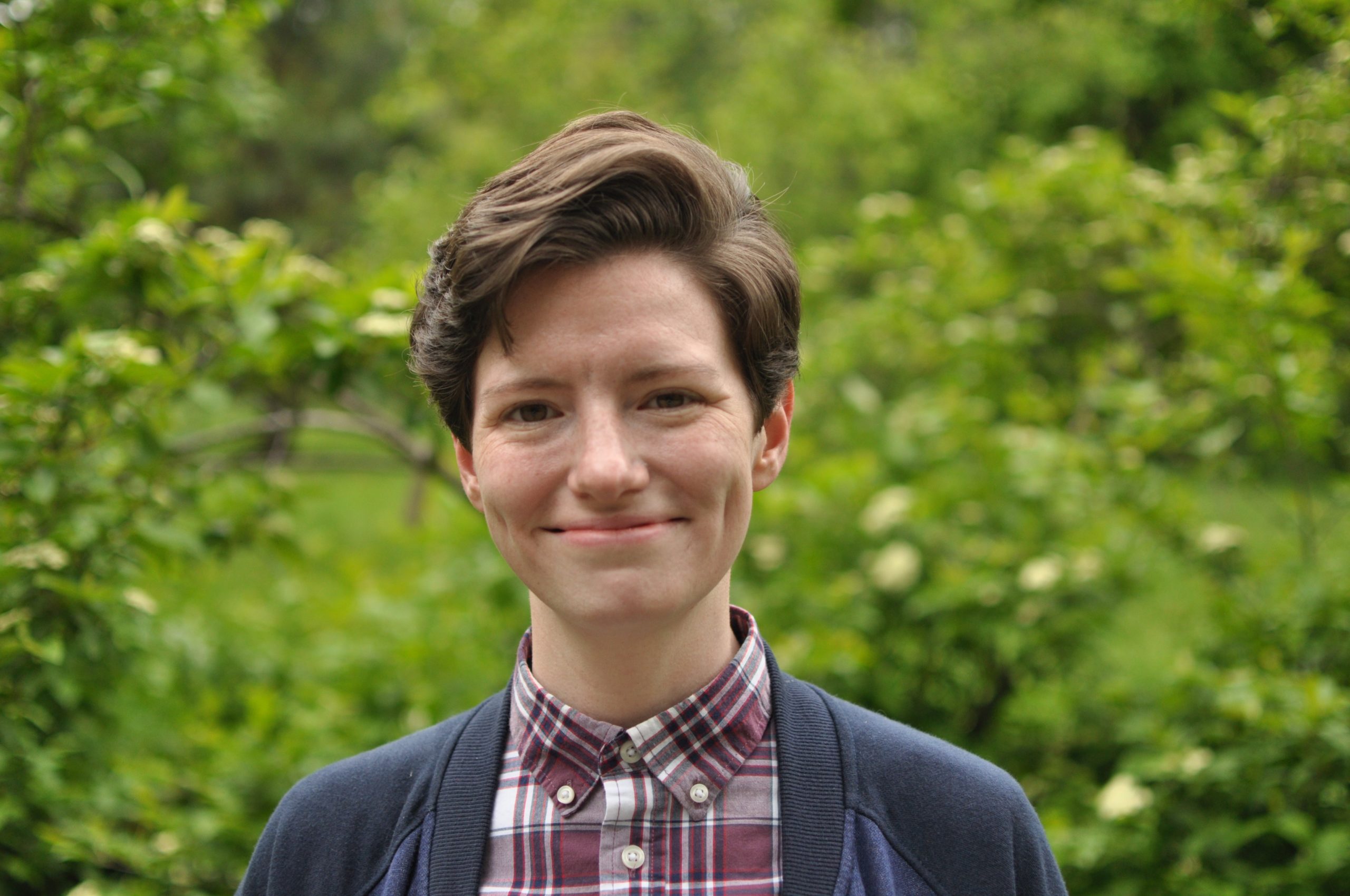
by Michele Kirichanskaya | Jul 6, 2022 | Blog
Lin Thompson (they/them) is a Lambda Literary Fellow of 2018. An earlier version of this novel was workshopped in Pitch Wars and it also received the Travis Parker Rushing Memorial Writing Award at Emerson College. Lin grew up in Kentucky but now lives in Iowa with...
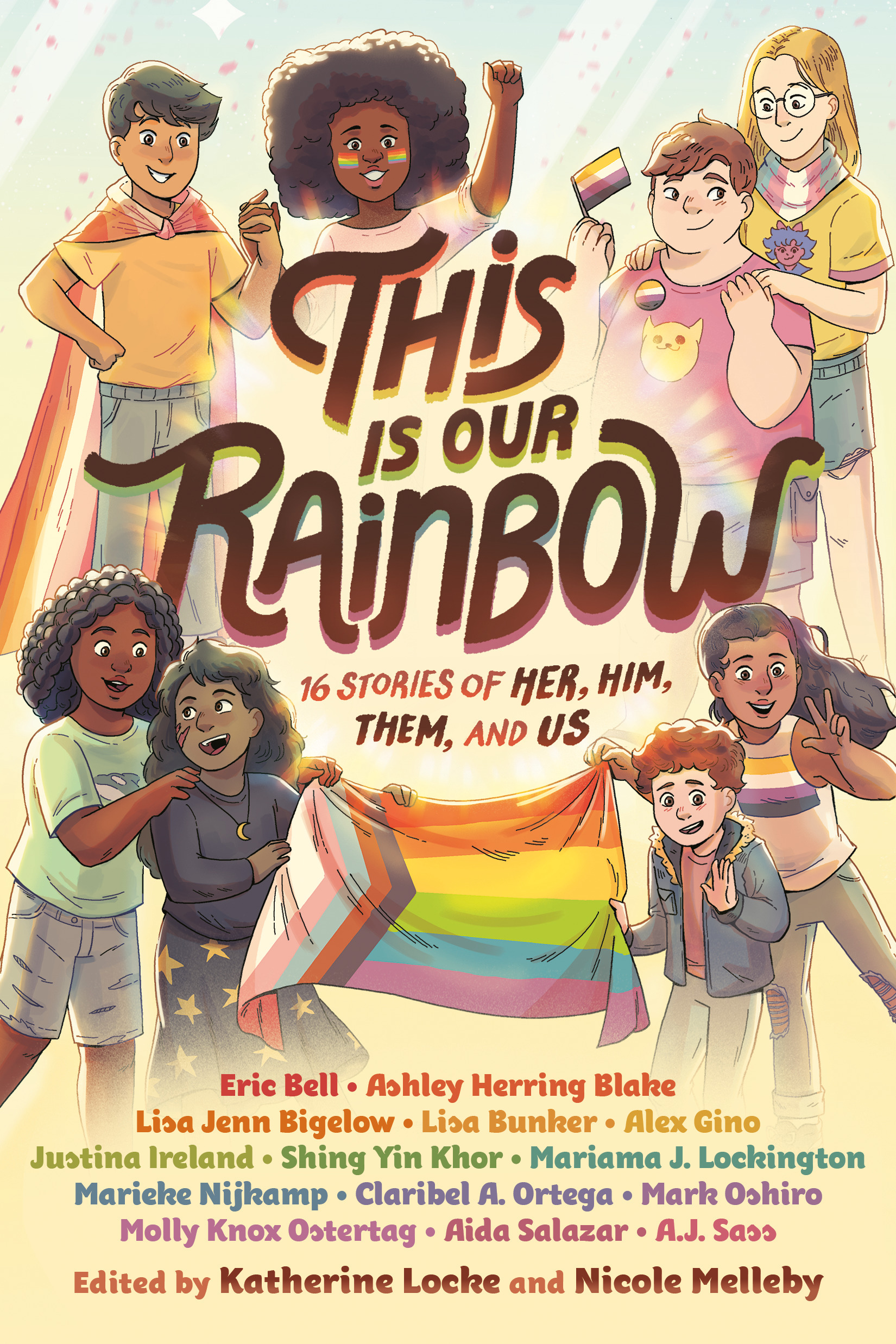
by Michele Kirichanskaya | Apr 20, 2022 | Blog
Katherine Locke (they/them) lives and writes in Philadelphia, Pennsylvania with their feline overlords and their addiction to chai lattes. They are the author of The Girl with the Red Balloon, a 2018 Sydney Taylor Honor Book and 2018 Carolyn W. Field Honor Book, as...
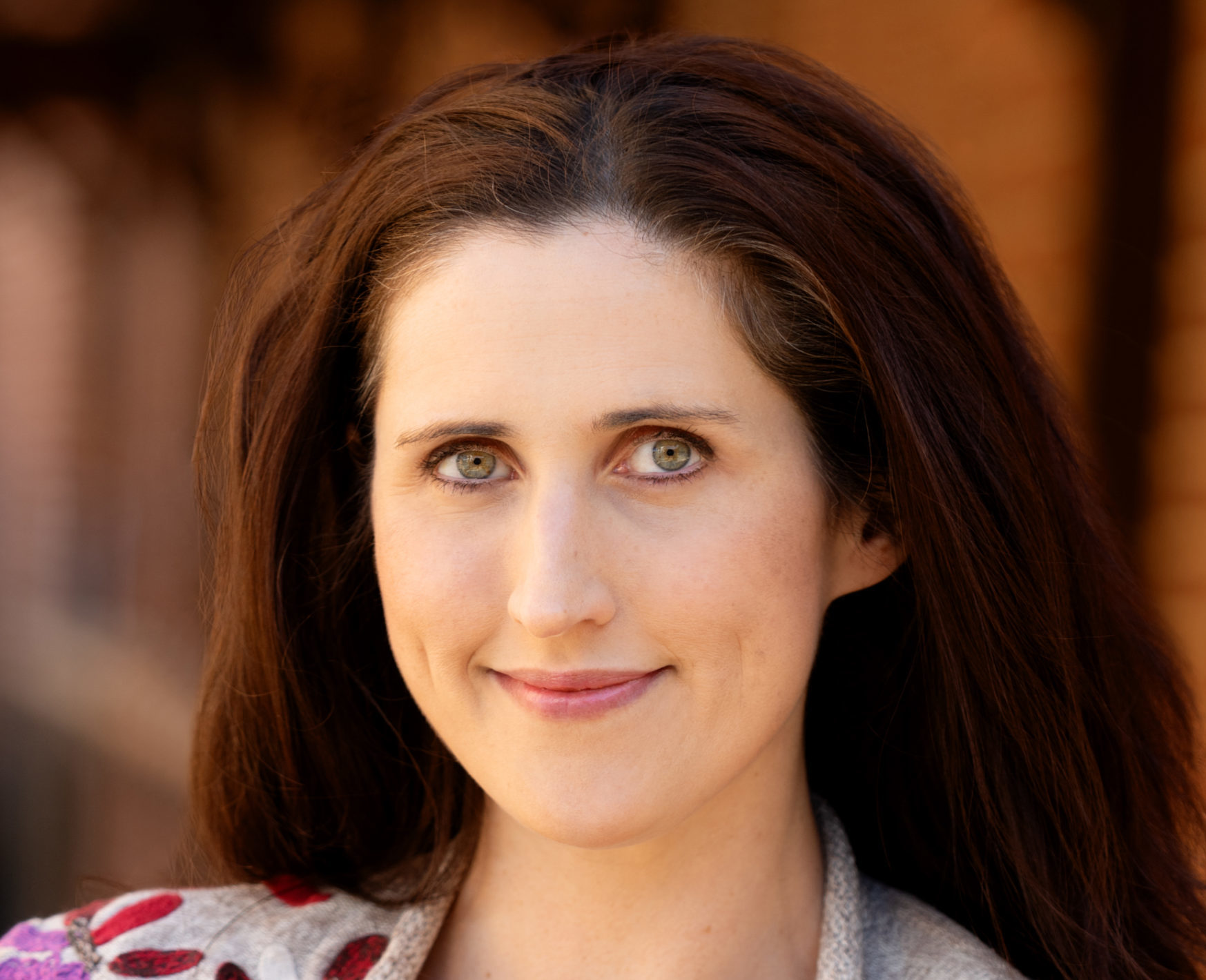
by Michele Kirichanskaya | Mar 2, 2022 | Blog
Katryn Bury works with middle-grade readers as a youth library technician. A lifelong true crime nerd, she has a bachelor’s degree in sociology and criminology. Her short and serialized fiction can be found in Suspense Magazine and The Sleuth. She lives in Oakland,...






